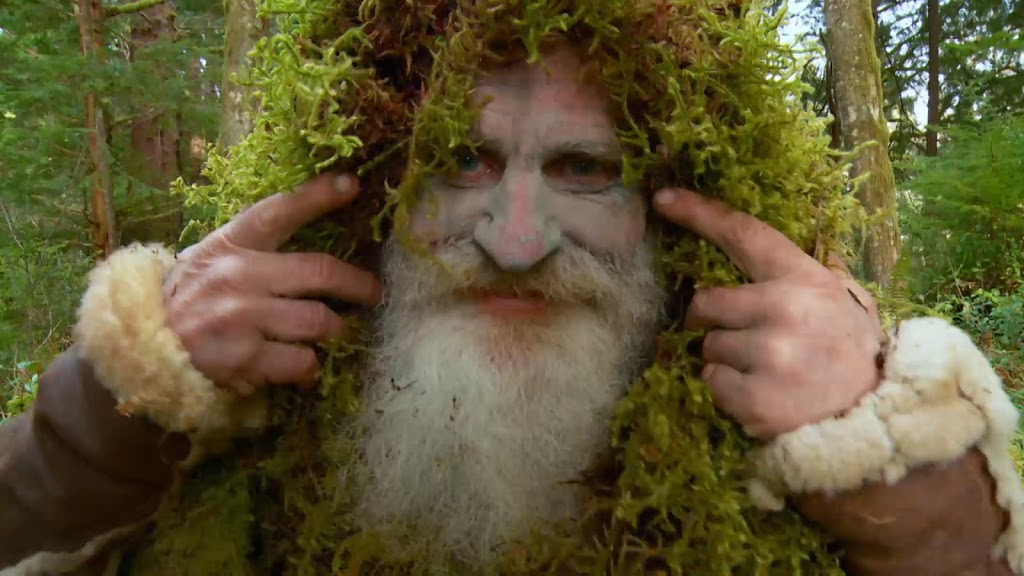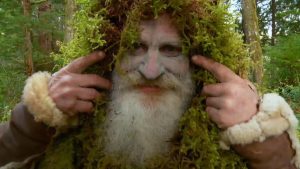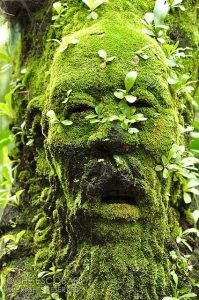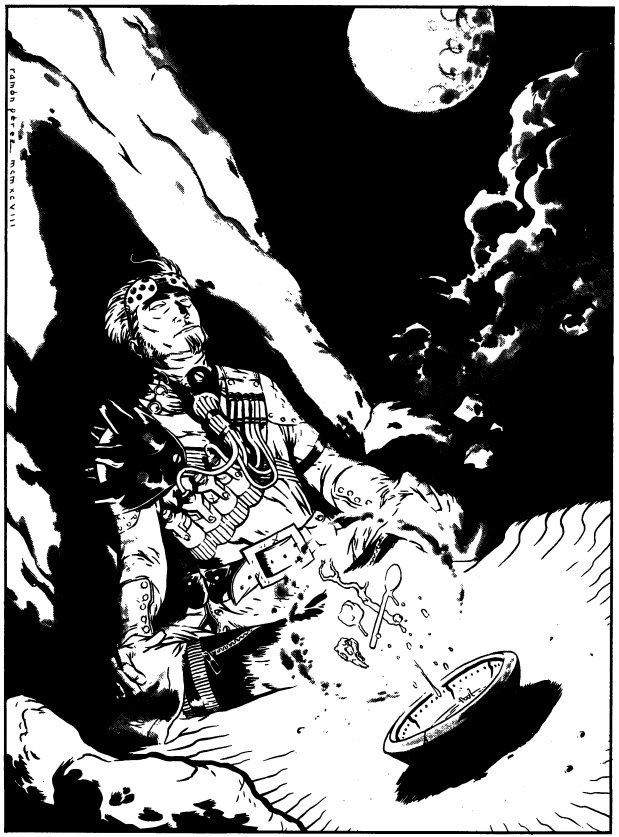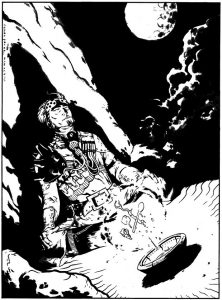So I made one.
Actually, I made two!
The first is divided into seven parts.
- Type (Kingdom, Regency, Union, Collective, Principality, Duchy, etc)
- Name; Names are kept simple. How it is named is up to you, the user of the document. For example, rolling a 7 and reading straight across can give you the Enlightened Republic of Ibesh, or the Enlightened Ibesh Republic, or the Republic of Enlightened Ibesh.
- Title of Ruler; Roleplaying games always have a hard-on for naming rulers, as if the player-characters would be on a first name basis with the ruler of a kingdom. However, the title of a ruler adds flavor and inspires ideas as to the nature of the kingdom.
- Type of Government; is it a feudal kingdom? an anarcho-socialist collective? A matriarchal plutocracy?
- Economy; what is the economy based on? wines? sheep’s wool? beans? silver mining? beer brewing?
- At War With; what other state is this one at war with?
- Allied With; what other state is this one allied with?
You can either roll once and use everything in a row to make a kingdom, or roll separately for each column. In this way, you can make thousands of different states.
The second kingdom generator is a bit different. It too has seven columns.
- Kingdom Type; basically the same as the first document.
- Name A; along with the next column, these two columns combine to make more possible names for your nation-state.
- Name B
- Title of Ruler
- Type of Government
- Language; this was the big change. I decided I wanted to Hundred States to be the vestiges of the Old Elbonian Empire, which united many smaller nations and tribes under one banner. When that fell apart, the people balkanized and formed their own communities based on shared cultural and language heritage.
- Economy
Since creating these documents, I have made some changes to the setting, but I thought I would share them with anyone interested in using a handy Random Kingdom Generator.
